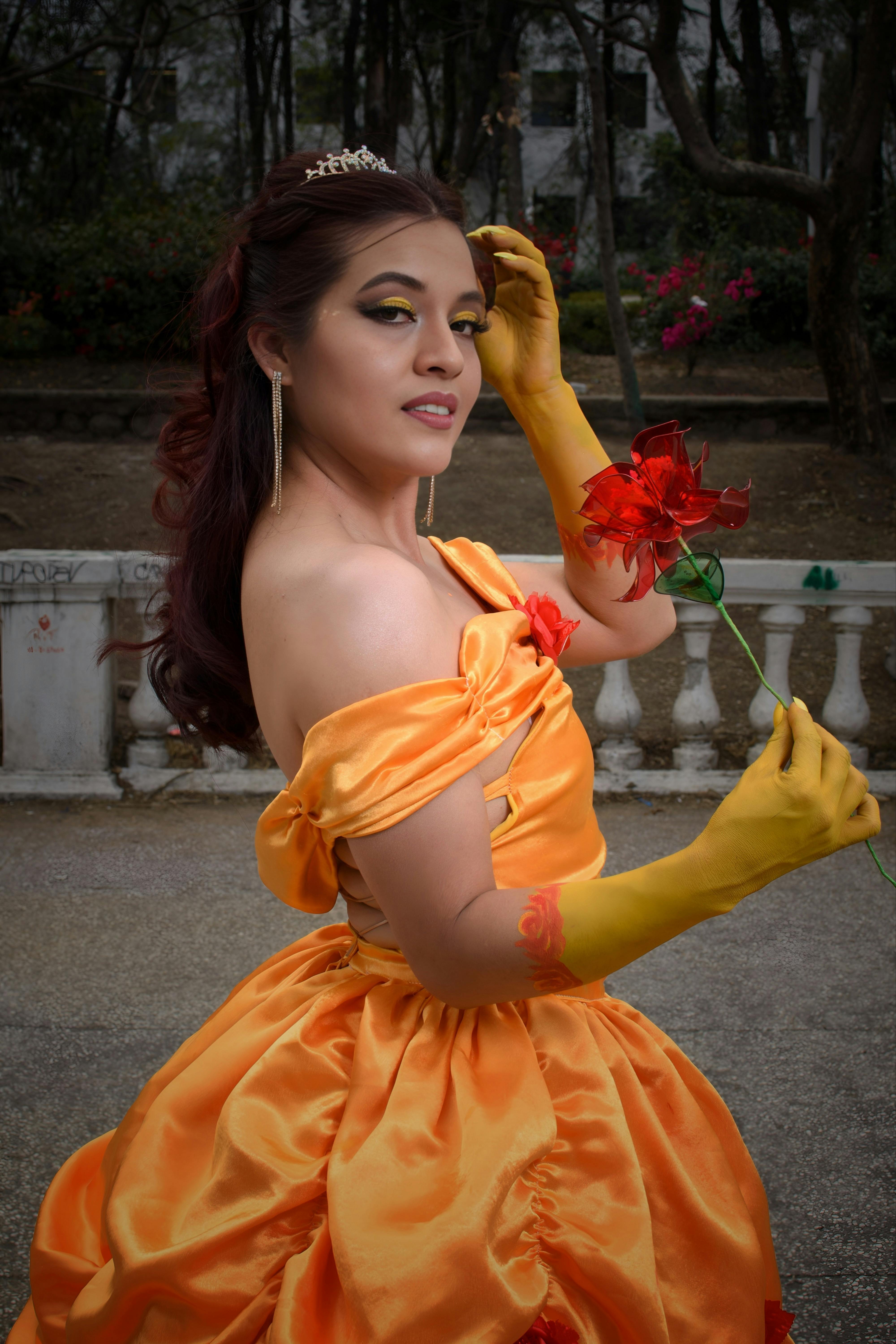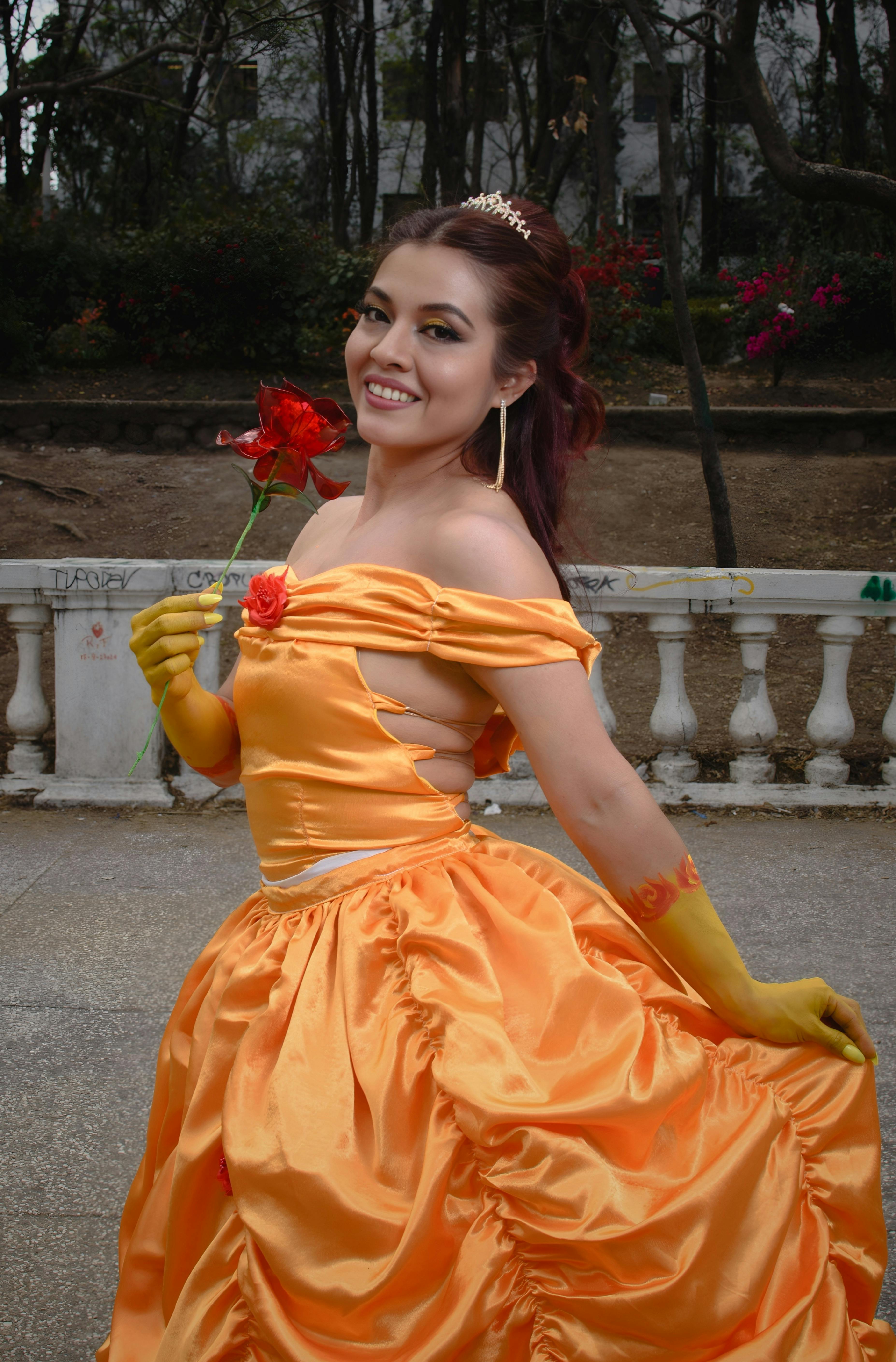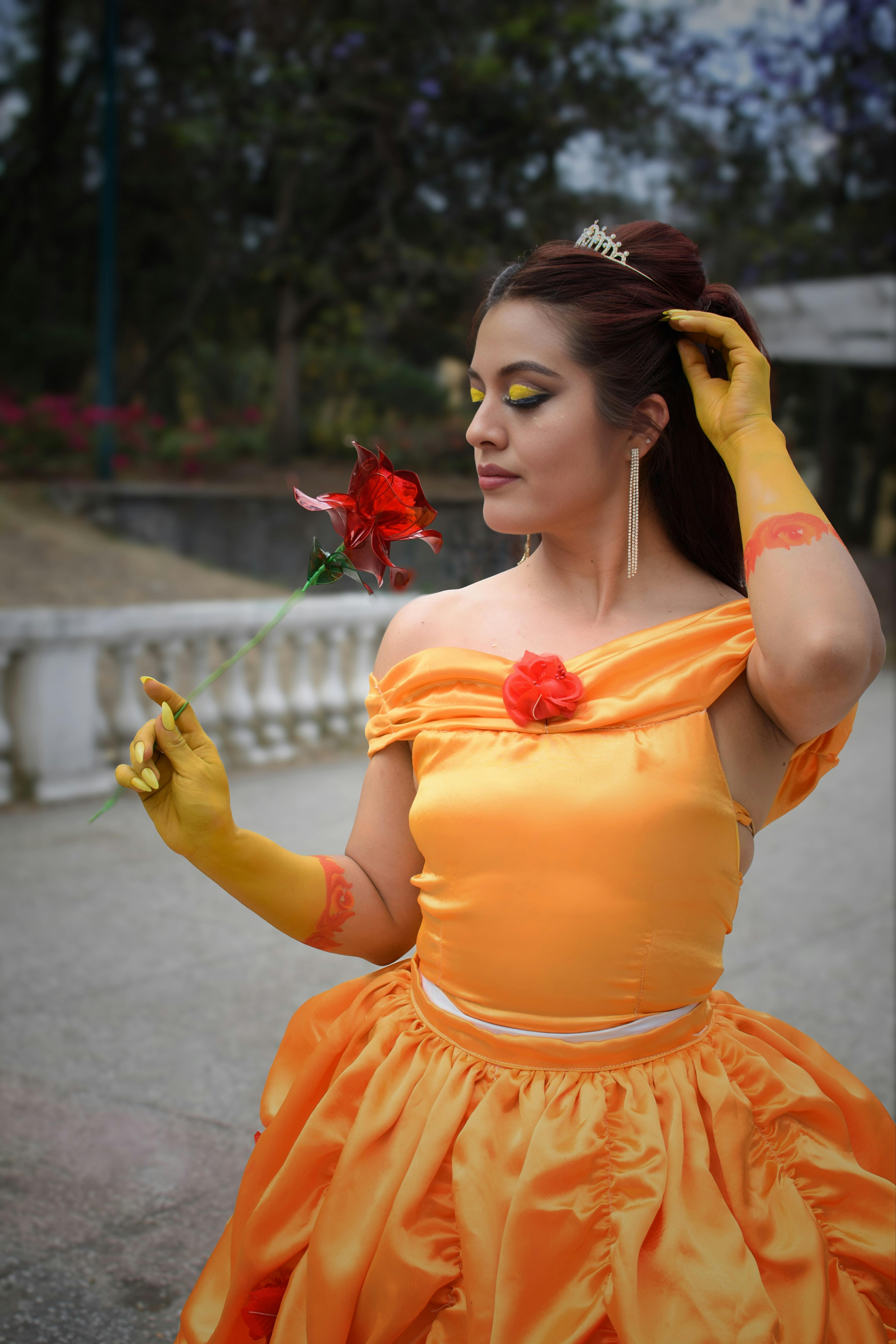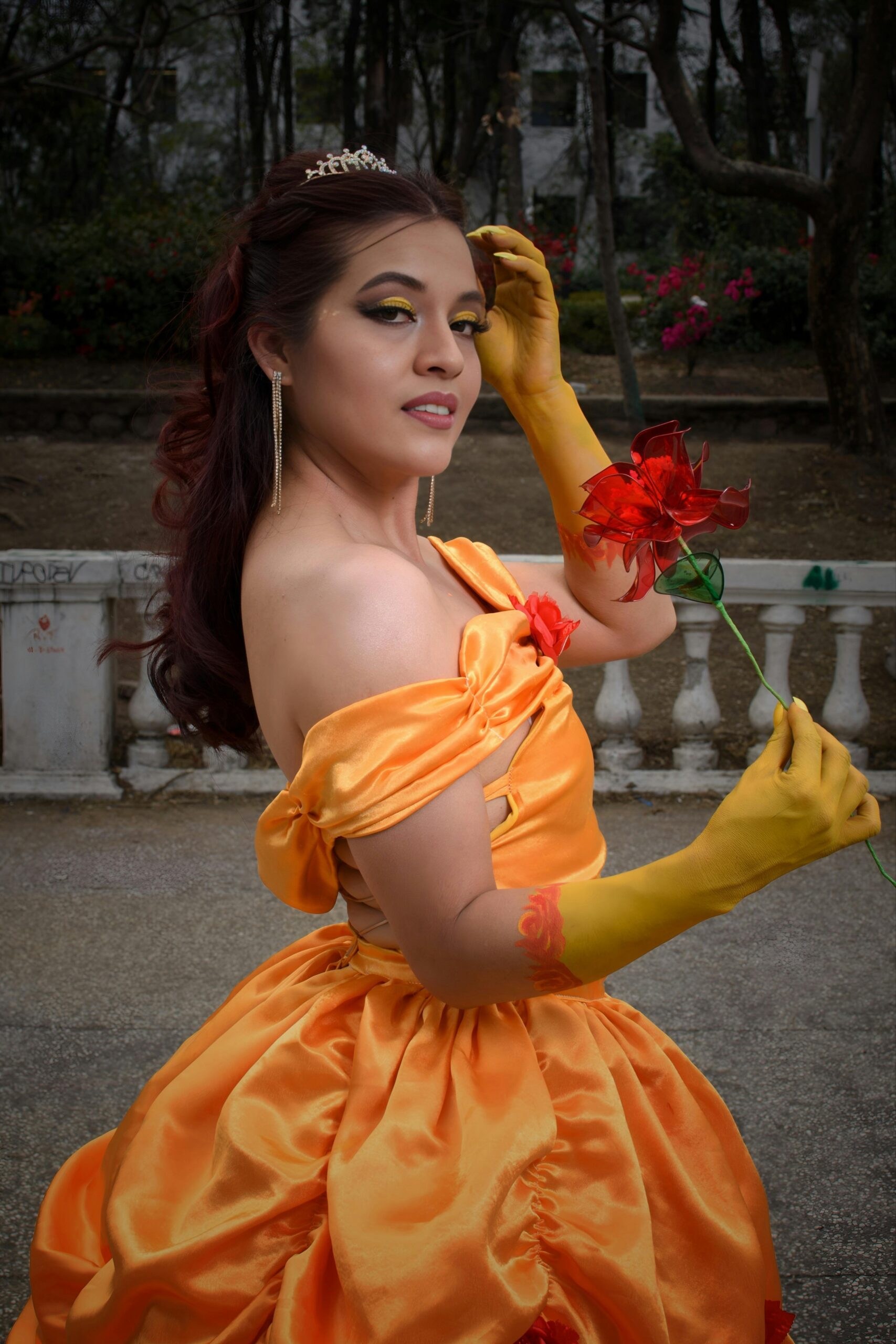Stunning Beauty and the Beast Jr Costumes Guide
Creating captivating Beauty and the Beast Jr costumes is both an art and a strategic production choice. With youth theater growing in popularity, costumes can bring characters to life in unforgettable ways. This guide explores everything from core design principles to advanced techniques for enhancing performance value.

Understanding the Fundamentals
At the heart of every successful theatrical production lies strong costume design. For shows like Beauty and the Beast Jr, costumes must strike a balance between creativity, functionality, and character recognition. This section explains the foundational ideas that support great costume work for stage productions.
From historical inspiration to material selection, understanding the fundamentals sets the tone for a visually rich and practical stage experience. Think of costume design as visual storytelling—each piece supports a narrative arc.
1.1 Character-Driven Design
Costumes should reflect personality traits. Belle’s village dress suggests simplicity and curiosity, while the Beast’s royal attire conveys strength and mystery. These visual cues help even young audiences understand each role instantly.
For example, using pastel tones for Belle and rich jewel tones for the Beast enhances contrast while maintaining harmony on stage. A common mistake is over-accessorizing, which can hinder movement and distract viewers.
1.2 Historical and Fantasy Fusion
Beauty and the Beast Jr costumes combine 18th-century French aesthetics with magical elements. Unlike a strict period piece, this blend allows for creative liberties while maintaining authenticity.
Take Lumière’s look: candle arms with brocade jackets mix historical fashion with fantasy. Such designs preserve context while entertaining young viewers with visual excitement.
Practical Implementation Guide
Once your design principles are clear, it’s time to bring them to life. This section outlines how to implement ideas practically for school productions, youth theater, or community shows. With planning, even modest budgets can yield dazzling results.

2.1 Actionable Steps
- Step 1: Character Breakdown: Identify each character’s costume needs. Start with leads like Belle, the Beast, and Gaston, then move to supporting roles.
- Step 2: Sourcing Materials: Use thrift stores, rental shops, or DIY approaches with fabrics like velvet, tulle, and satin.
- Step 3: Scheduling Fittings: Plan early fittings, leaving room for adjustments and rehearsals in costume to check movement and durability.
2.2 Overcoming Challenges
Common challenges include limited budgets, short timelines, and non-professional cast members. Solutions include:
- Using Velcro instead of zippers for quick changes
- Repurposing existing costumes with minor tweaks
- Collaborating with parent volunteers for sewing tasks
Watch for pitfalls like inconsistent color schemes or unsafe materials. Keep emergency kits handy for last-minute repairs and equip each actor with backups for key costume pieces.
Advanced Applications
When your basics are locked in, it’s time to explore techniques that elevate your show. These methods are ideal for seasoned directors, ambitious school programs, or professional children’s theater companies.

3.1 Integrated Technology
Adding lights to Lumière’s arms or fiber optics to the Enchanted Rose enhances the theatrical experience. These additions must be lightweight and safe for young performers.
Some productions have used LED-lit Beast eyes or glow-in-the-dark effects on magical elements. Results include stronger audience engagement and immersive storytelling. Measure ROI in applause and production reviews.
3.2 Modular Costume Systems
Modular costumes allow for quick transitions between scenes. For instance, transforming the Beast’s ballroom look to his forest ensemble by swapping outer layers reduces downtime.
Designs should be compatible with limited backstage space and rapid cues. This method is ideal for touring productions or schools with multi-use performance areas.
Future Outlook
The costume world is evolving fast. With advancements in materials and digital design, Beauty and the Beast Jr costumes will only become more vibrant and flexible in years to come.
Expect 3D printing to influence prop-making, while sustainable fabrics gain traction in youth theater. Smart textiles may eventually integrate app-controlled lighting and temperature regulation for actors.
Conclusion
In summary, the keys to extraordinary Beauty and the Beast Jr costumes include character alignment, creative integration, and practical build strategies. They must be visually compelling, functional, and safe.
Now that you’re equipped with expert insights, start planning your costume journey with confidence. Begin with sketches, gather your team, and don’t hesitate to experiment—because the magic is in the details.
Frequently Asked Questions
- Q: What are the essential costumes for Beauty and the Beast Jr? The must-have outfits include Belle’s blue village dress, Beast’s formal wear, Gaston’s hunting gear, and enchanted object costumes like Lumière and Mrs. Potts.
- Q: How do I get started on costume planning? Begin with a character list and assign looks, source references, and divide tasks among volunteers or departments.
- Q: How much time should I plan for costume creation? Allocate 6–8 weeks, depending on cast size and complexity. Always include extra time for fittings and changes.
- Q: What’s the average cost per costume? Expect to spend $15–$50 for basic looks and up to $100+ for leads, depending on materials and embellishments.
- Q: How do these costumes compare to buying online sets? DIY offers more customization and often lower cost, while online sets save time but may lack detail or perfect fit.
- Q: Are these costumes difficult to make for beginners? Many elements can be simplified with templates and upcycled materials. Focus on function and appearance over perfection.
- Q: Can these costume techniques apply to other fairy tale productions? Absolutely. The same principles work for Cinderella, Aladdin, and more, just tailored to the theme and setting.
